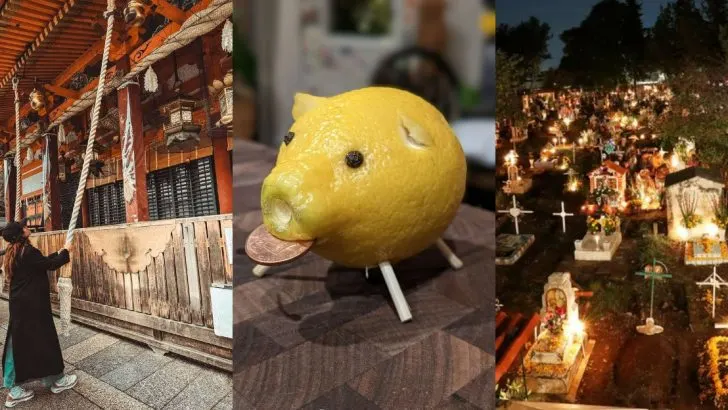New Year’s traditions are as diverse as the cultures that celebrate them, with some customs being wonderfully unique and unexpected.
While you may be familiar with fireworks and countdowns, there are plenty of lesser-known ways people around the world ring in the new year. These quirky, meaningful, and sometimes surprising traditions are a testament to the creativity and hope that come with starting fresh.
Here are 10 New Year’s traditions you’ve probably never heard of. From tossing dishes to leaping into the future (literally), these customs showcase the fascinating ways people welcome a new chapter.
Banging Bread in Ireland

In a charming twist to ringing in the New Year, Irish households partake in the tradition of bread-banging. As the clock nears midnight, families grab loaves of bread and energetically bang them against the doors and walls of their homes.
This quirky custom is believed to chase away evil spirits, clearing the way for a prosperous year ahead. It’s about more than noise; the act symbolizes abundance and a fresh start, leaving behind hardships.
For many Irish families, this tradition is an integral part of their New Year festivities, blending fun with a hint of superstition.
Talca Cemetery Gathering in Chile
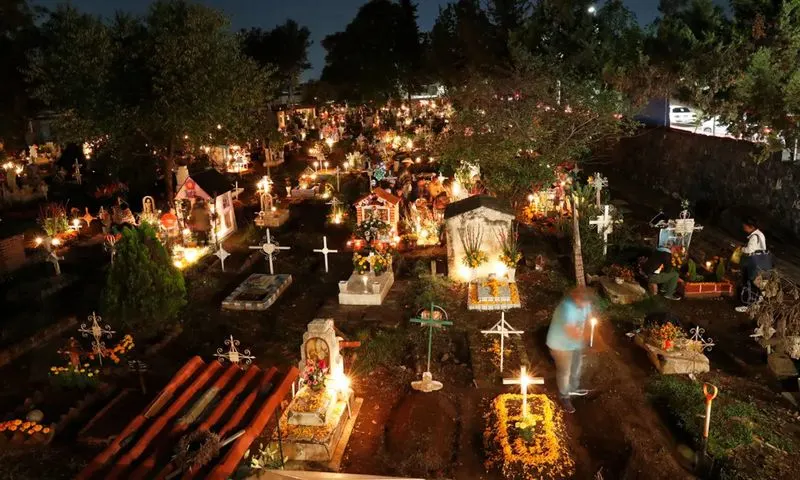
In the Chilean town of Talca, New Year’s Eve is a time to connect with departed loved ones. As the year ends, families head to the cemetery, setting up chairs and lighting candles to keep vigil through the night.
This poignant tradition transforms the cemetery into a place of warmth and remembrance rather than sorrow. Families share stories, music, and sometimes even food, creating a communal atmosphere filled with love and memories.
It’s a heartfelt tribute, embracing the presence of those who have passed, blending past with present in a unique celebration.
Molten Tin Predictions in Finland

Step into the mystical with Finnish New Year’s tradition of molten tin predictions. Participants melt tin, often in the shape of a small horseshoe, and pour it into cold water.
The resulting shapes are analyzed to foresee the future. Each form is believed to hold symbolic meaning, revealing insights into the year ahead.
This engaging activity is both a fun and introspective exercise, sparking conversation and imagination. Families come together to decipher the enigmatic shapes, weaving stories and predictions, making it a cherished ritual that brings both young and old together in a moment of wonder.
Takanakuy Festival in Peru
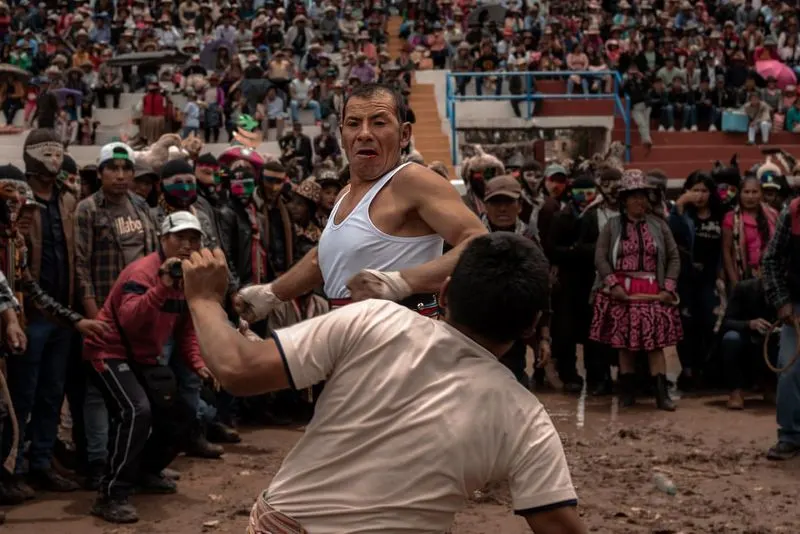
Deep in the Peruvian Andes, the Takanakuy Festival offers a unique way to kick off the New Year. Villagers dress in elaborate costumes and masks, engaging in friendly combat to settle grievances.
These symbolic fights are not about anger but rather resolving conflicts and starting the New Year with a clean slate. The festival is a lively event, filled with music, dance, and laughter, embodying community spirit and resilience.
For participants, it’s a cathartic experience, shedding old animosities and uniting under shared traditions, ensuring harmony and goodwill prevail in the coming year.
Soba Noodle Slurping in Japan
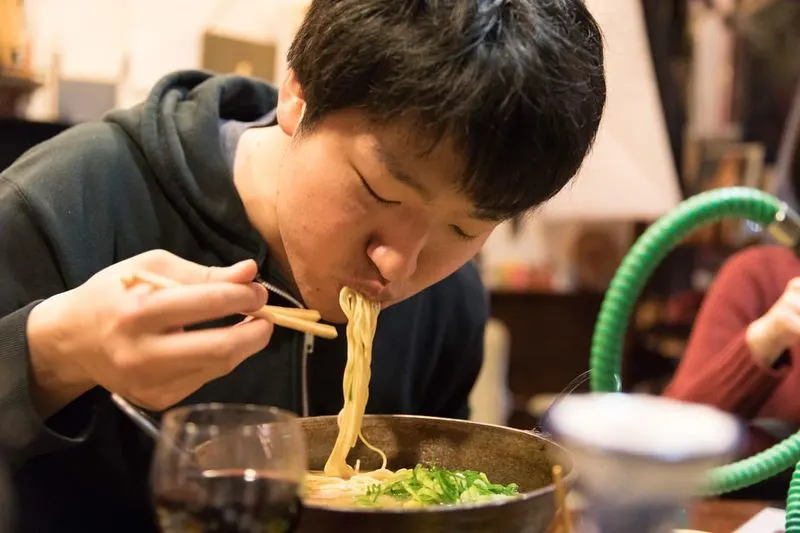
In Japan, the tradition of eating toshikoshi soba noodles on New Year’s Eve is a symbolic ritual. These long, thin noodles represent the crossing from one year to the next, embodying longevity and prosperity.
Slurping soba is more than a meal; it’s a meditative moment that invites reflection. Families gather to savor this simple yet meaningful dish, appreciating its taste and symbolism.
The act of eating soba is said to cut off the hardships of the past year, offering a clean break and a hopeful outlook. It’s a delicious tradition steeped in cultural significance.
Burning Effigies in Ecuador
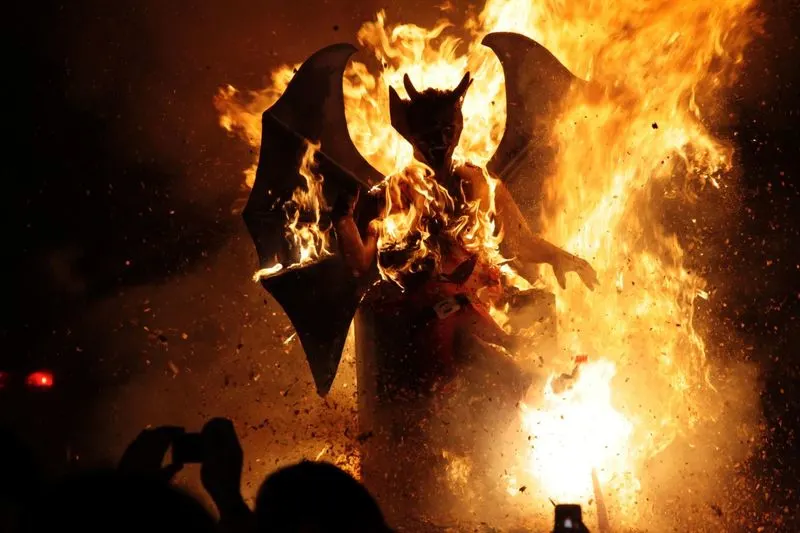
Ecuadorians welcome the New Year with the fiery tradition of burning effigies, locally known as “Año Viejo. ” These effigies, often representing politicians and celebrities, are crafted from old clothes and stuffed with straw.
As midnight approaches, they are set ablaze, symbolizing the purging of last year’s misfortunes. The flames represent renewal and hope for the coming year, casting off negativity and embracing new beginnings.
It’s a vibrant spectacle, where communities come together, watching the effigies burn, sharing laughter and stories, creating a collective sense of renewal and optimism for the year ahead.
Underwater Tree Planting in Siberia

In the icy heart of Siberia, an extraordinary New Year’s tradition unfolds beneath the surface of Lake Baikal. Divers brave the frigid waters to plant an evergreen tree underwater, a ritual symbolizing life and prosperity.
This daring act is not just about adventure but also about community and hope. Participants gather to witness this unique ceremony, which merges nature and celebration in a spectacular display of courage and tradition.
The underwater tree stands as a testament to human resilience and the enduring spirit of the New Year, inspiring awe and admiration.
Bells Ringing in Japan
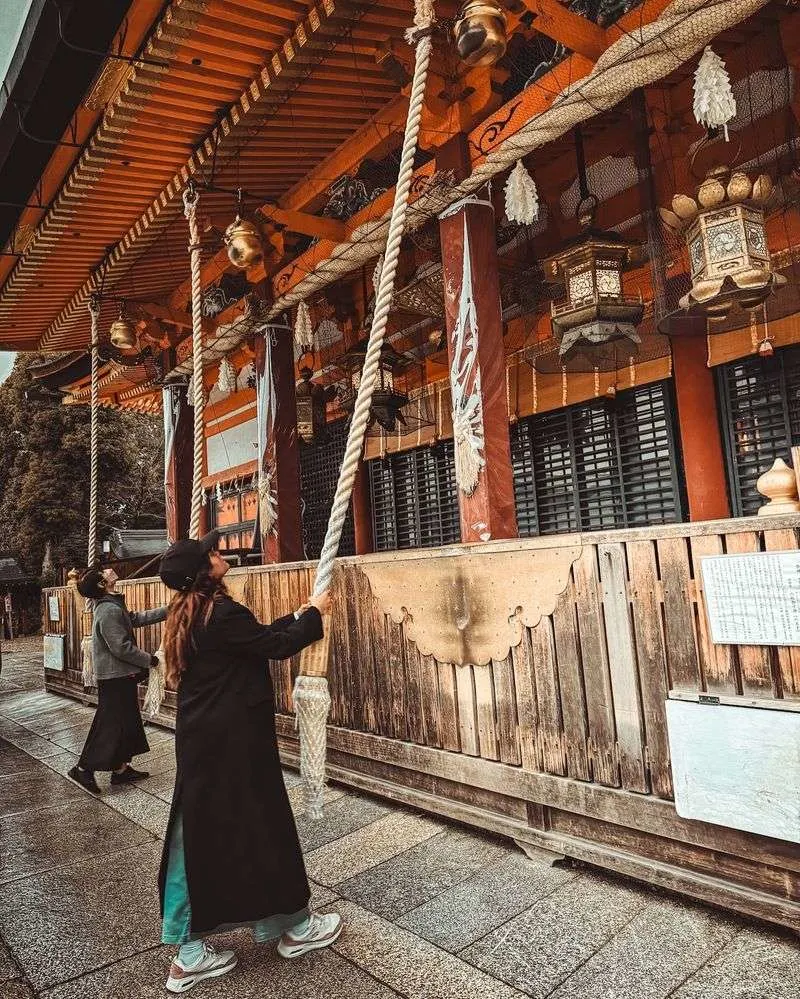
As the New Year approaches, Japanese temples resonate with the sound of bells ringing 108 times. This tradition, known as Joya no Kane, is deeply rooted in Buddhist beliefs, where each chime represents the cleansing of earthly desires.
The resonant sound fills the air, offering a moment of peace and reflection. Monks and visitors alike participate, sharing this profound experience.
It’s more than a ritual; it’s a commitment to introspection and self-purification, setting a spiritual tone for the year ahead. This harmonious tradition is a beautiful reminder of the power of sound and intention.
Lemon Pig Creation in Spain

In Spain, the quirky tradition of making lemon pigs involves creativity and belief in good fortune. Crafting these tiny citrus creatures with coins for eyes and toothpicks for legs is a fun and cherished activity.
Placed around the home, they symbolize prosperity and luck for the coming year. This playful custom engages all ages, sparking joy and laughter among family members.
The lemon pig stands as a whimsical token of hope, reminding everyone to welcome the New Year with a sense of fun and optimism. It’s a simple yet meaningful way to attract good fortune.
Round Fruit Feast in the Philippines
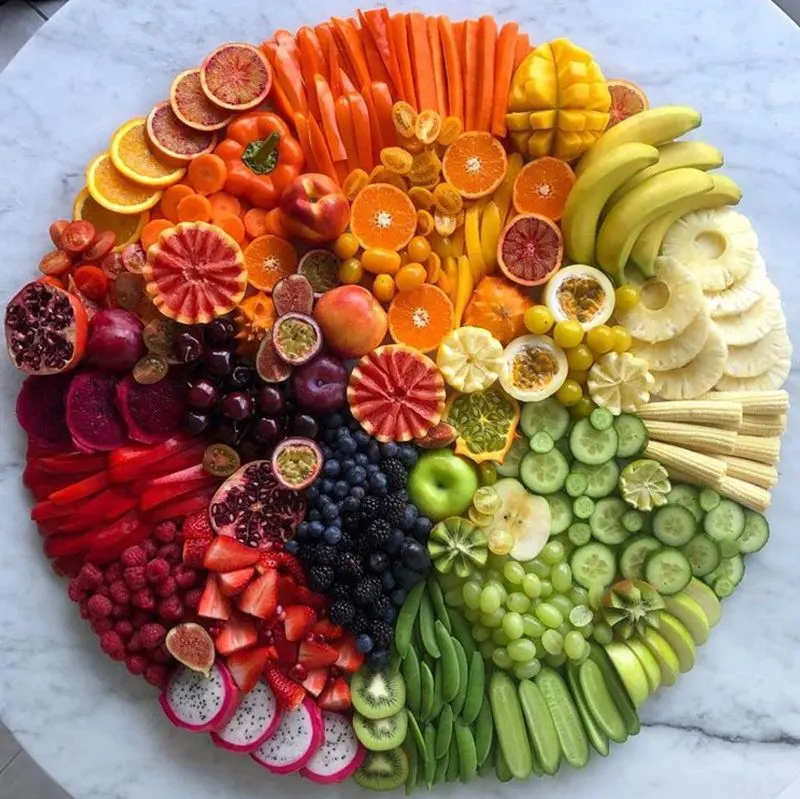
In the Philippines, welcoming the New Year involves a delightful feast of round fruits. Each family gathers twelve different fruits, symbolizing prosperity for each month of the coming year.
The round shape signifies coins, representing wealth and abundance. This colorful and tasty tradition brings families together, celebrating the promise of a bountiful year.
Sharing these fruits is not just about indulgence but also about nurturing family bonds and hope. The vibrant display of fruits is a visual testament to the joy and aspirations that the New Year holds, promoting unity and positivity.

